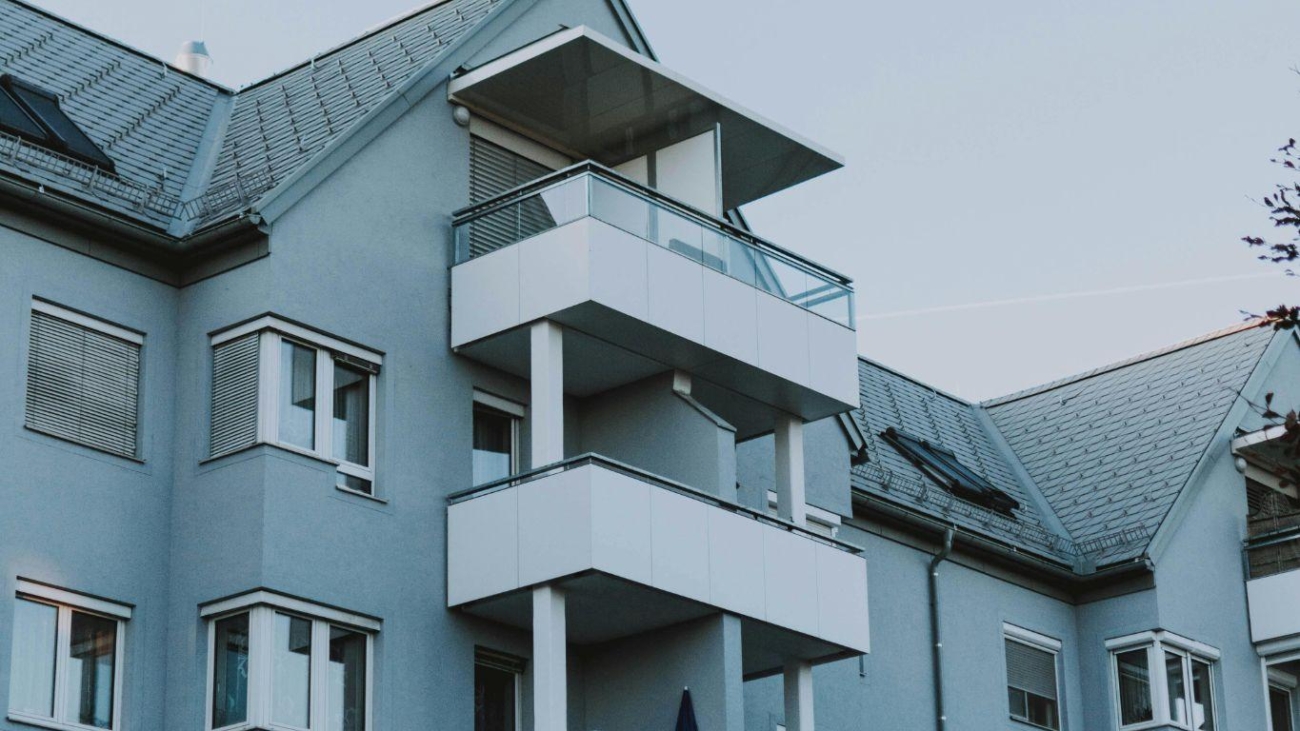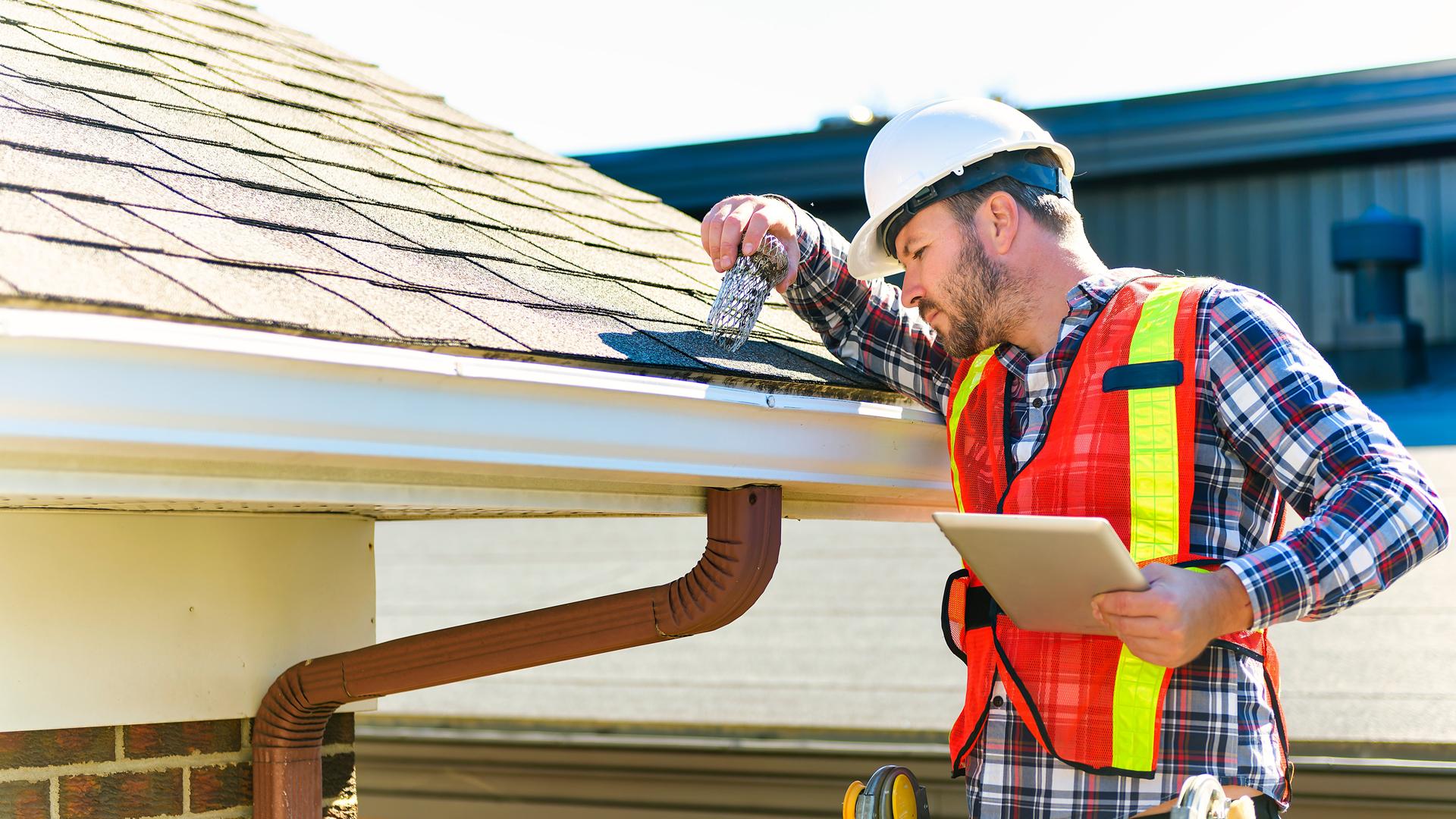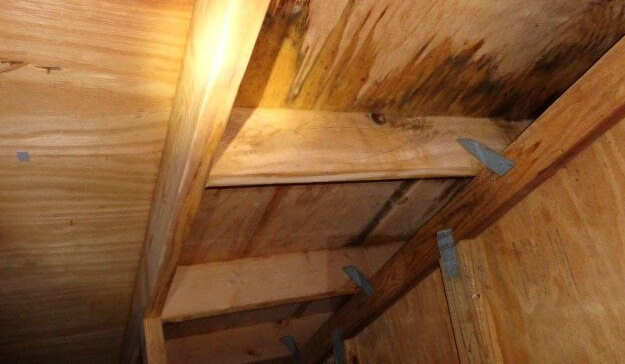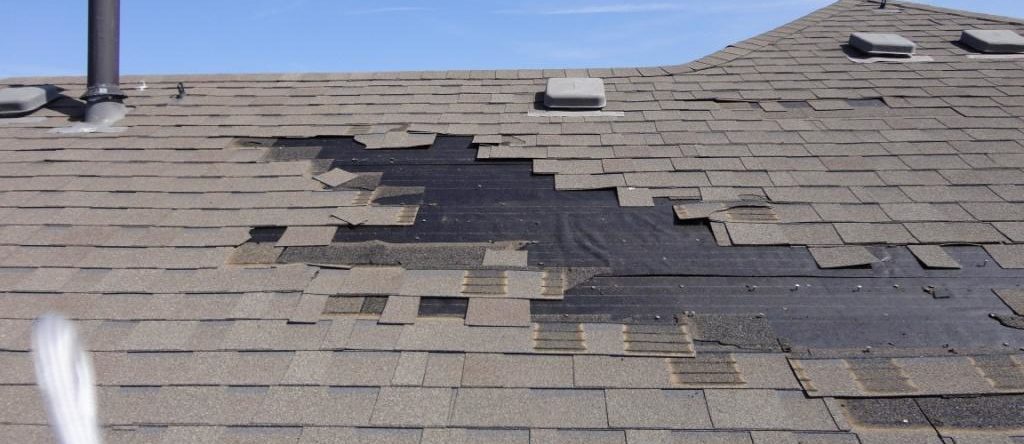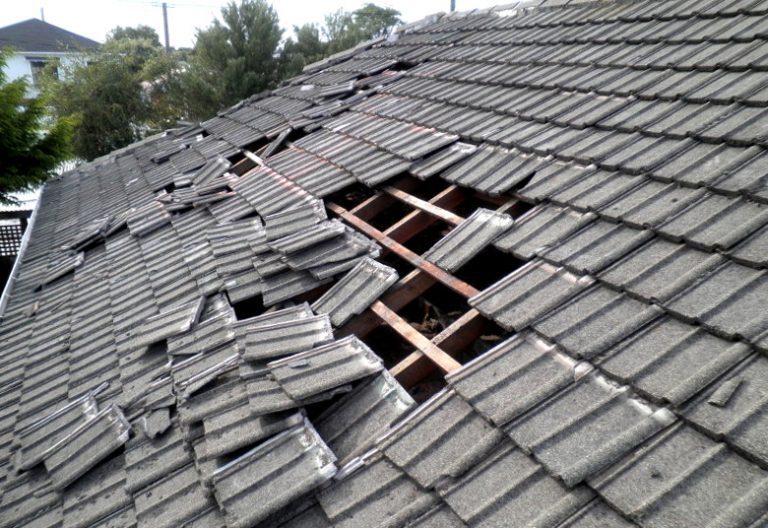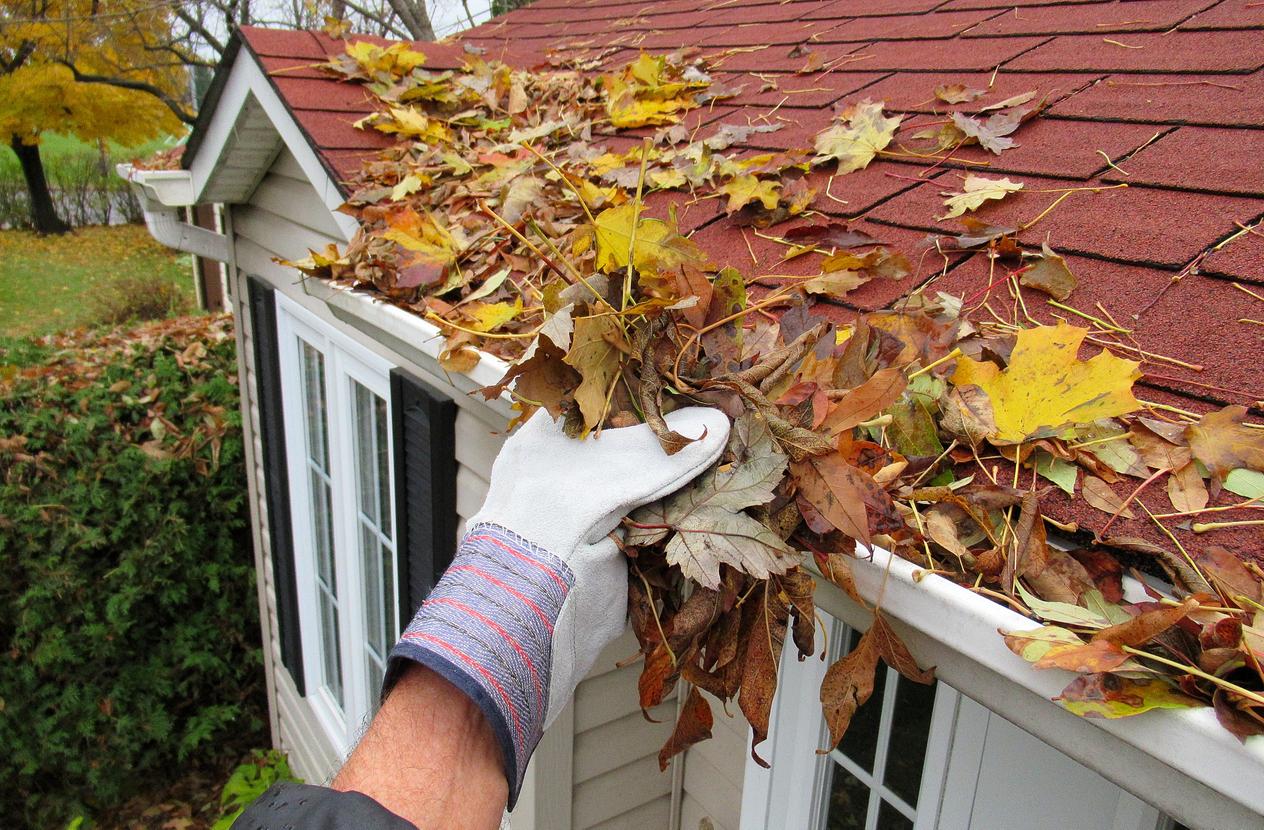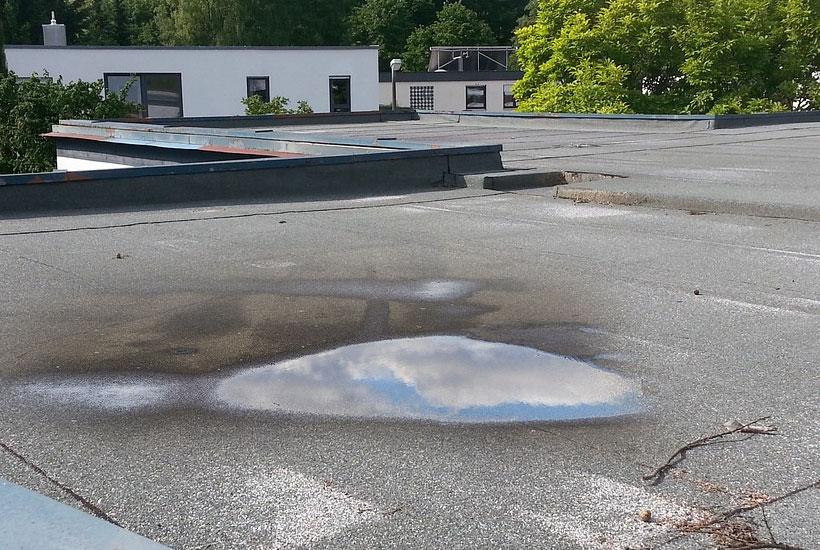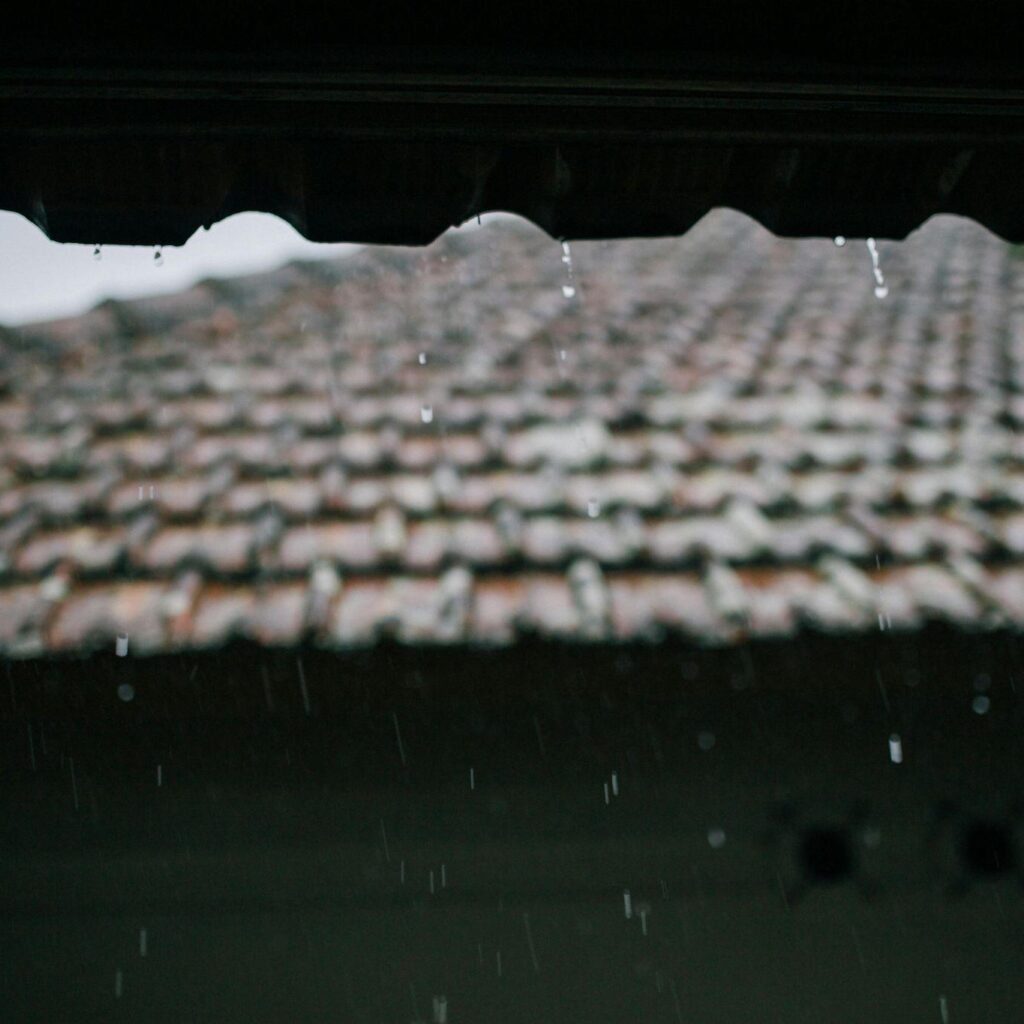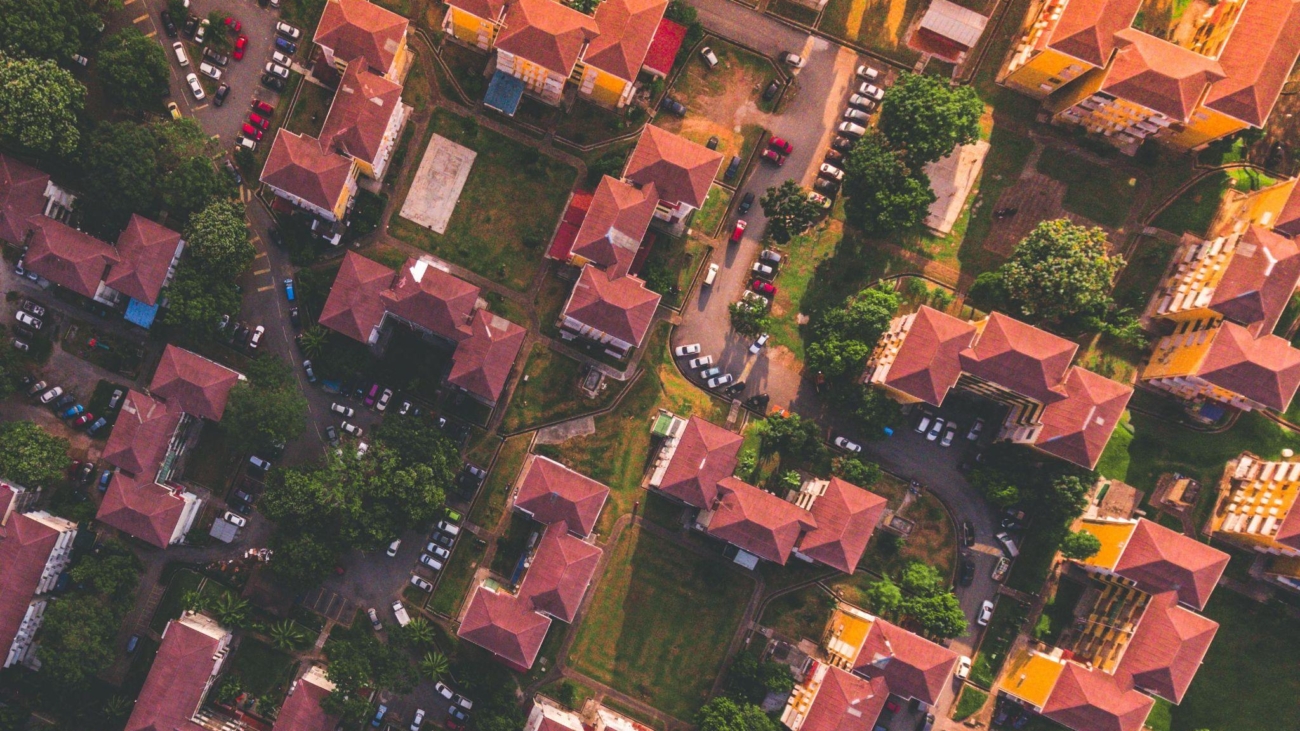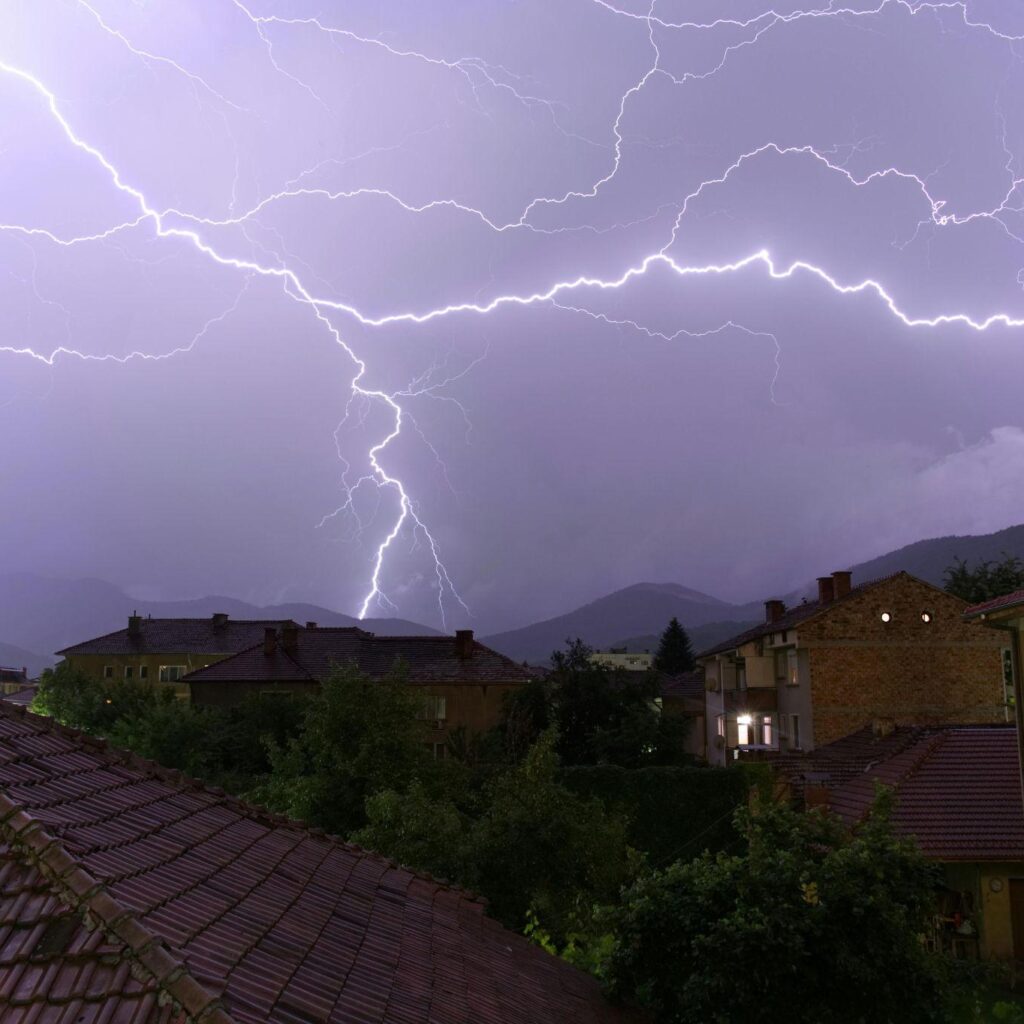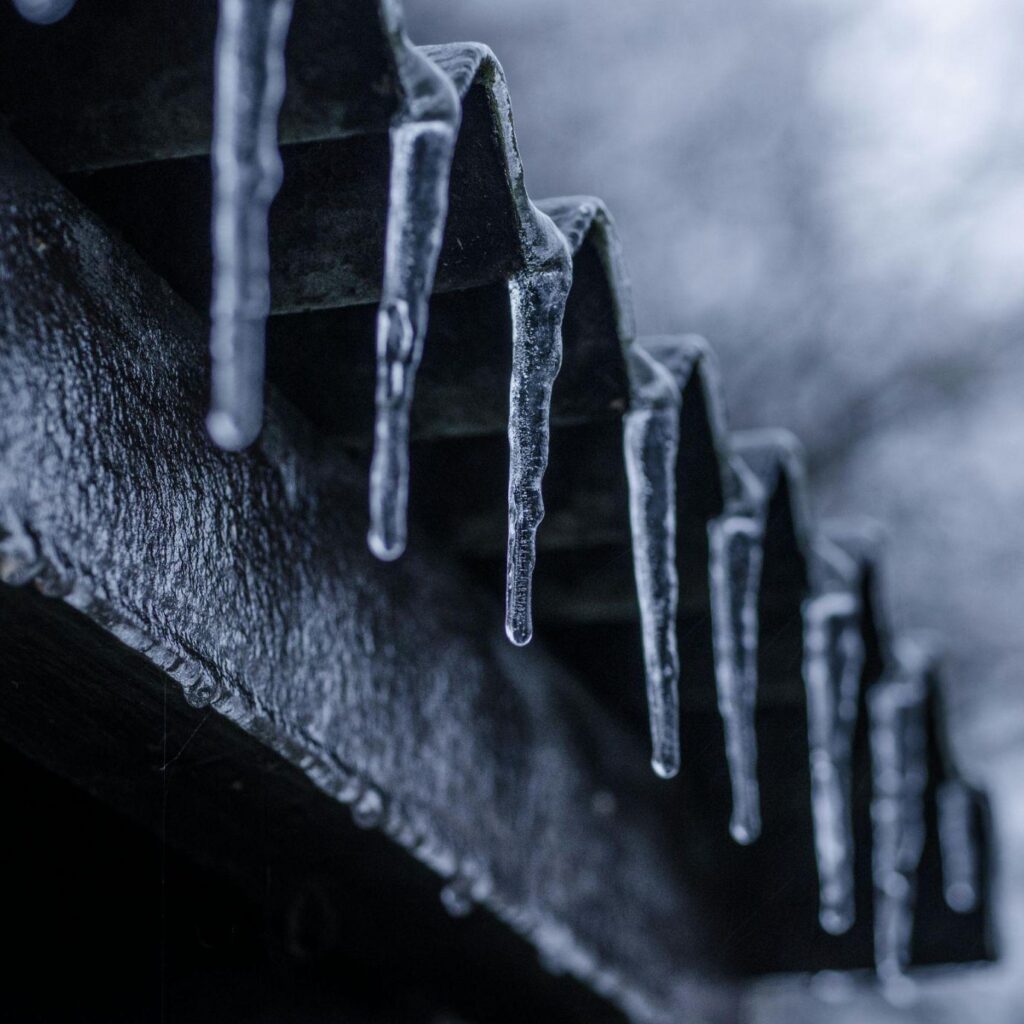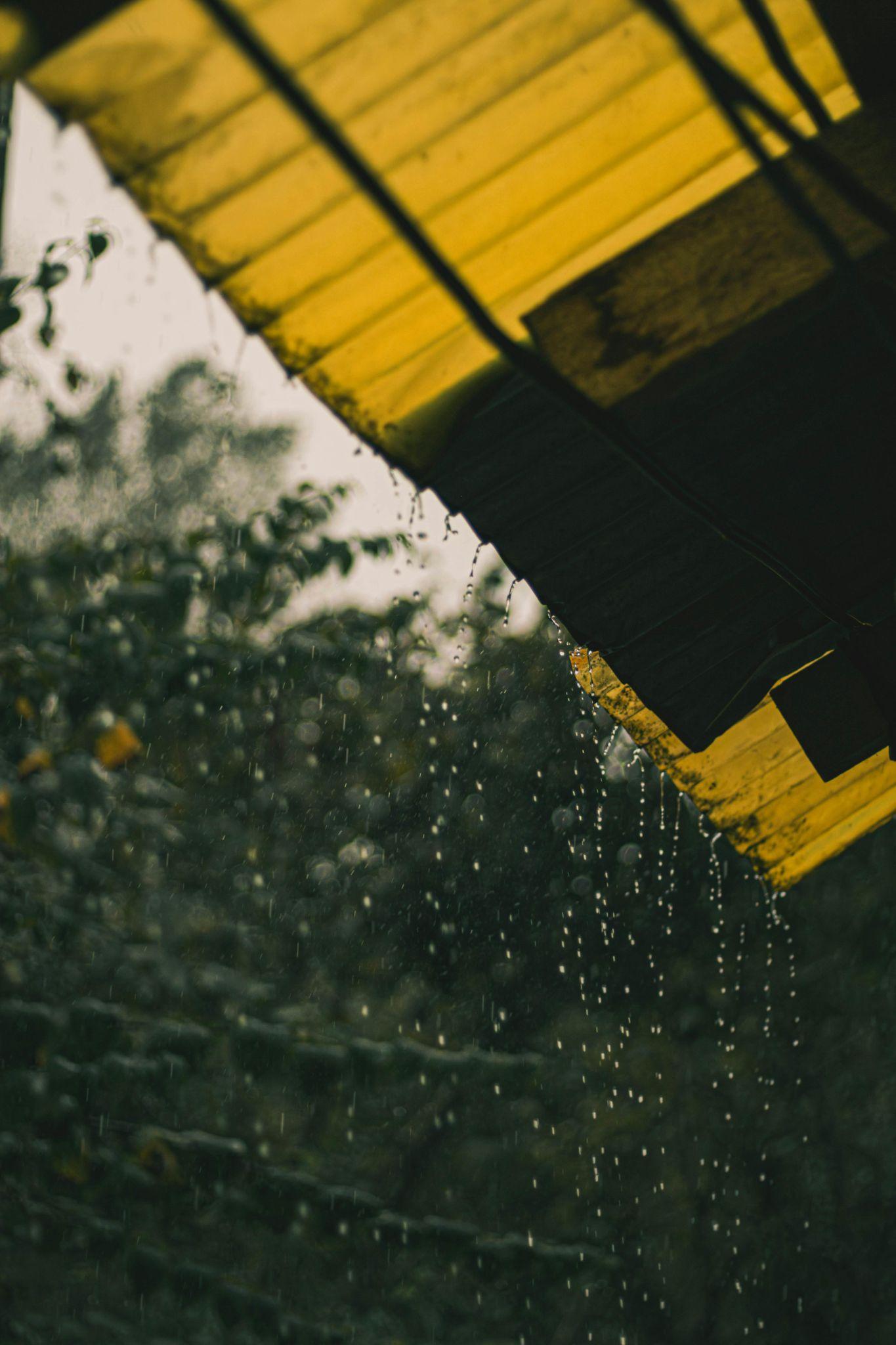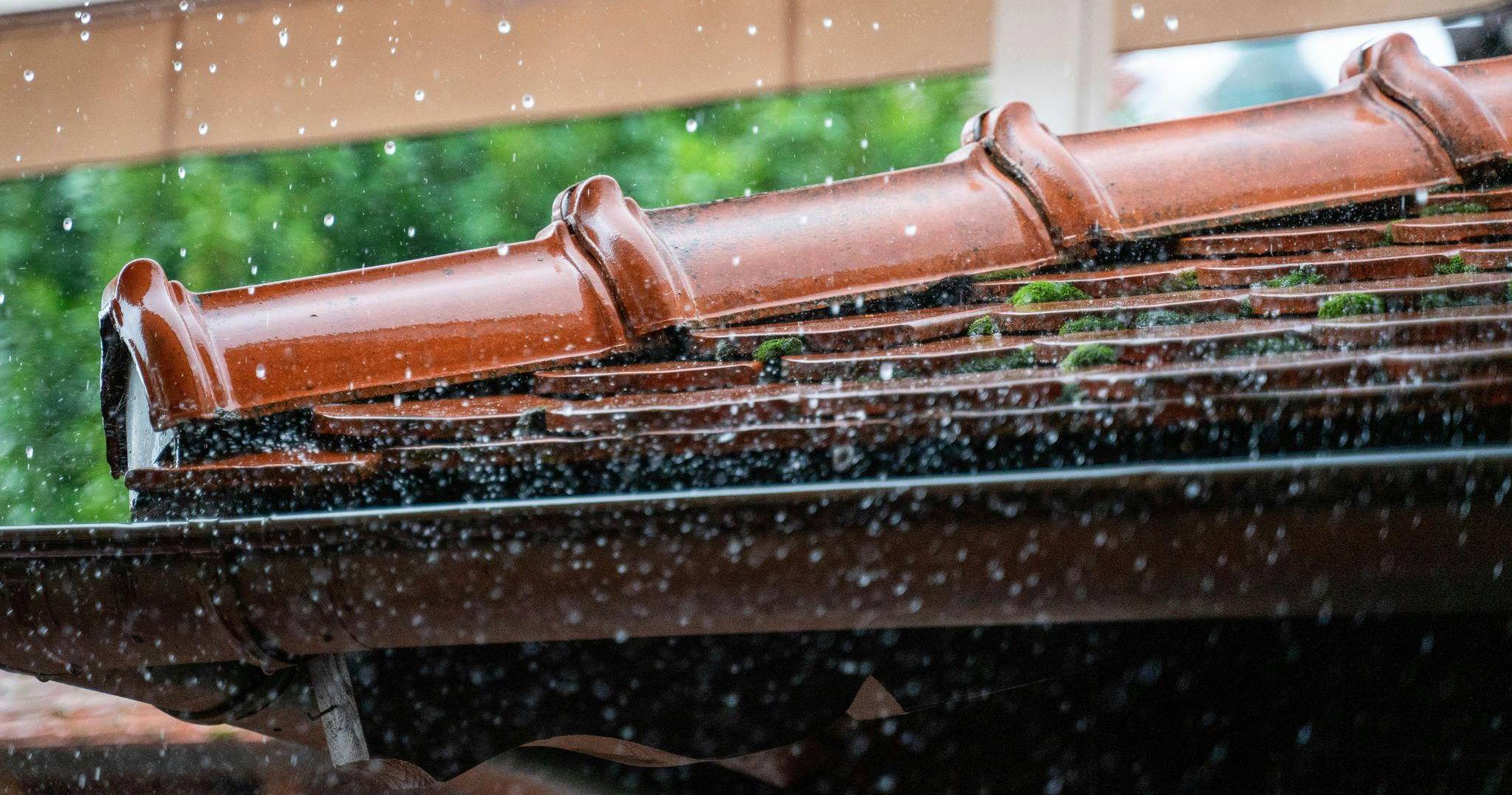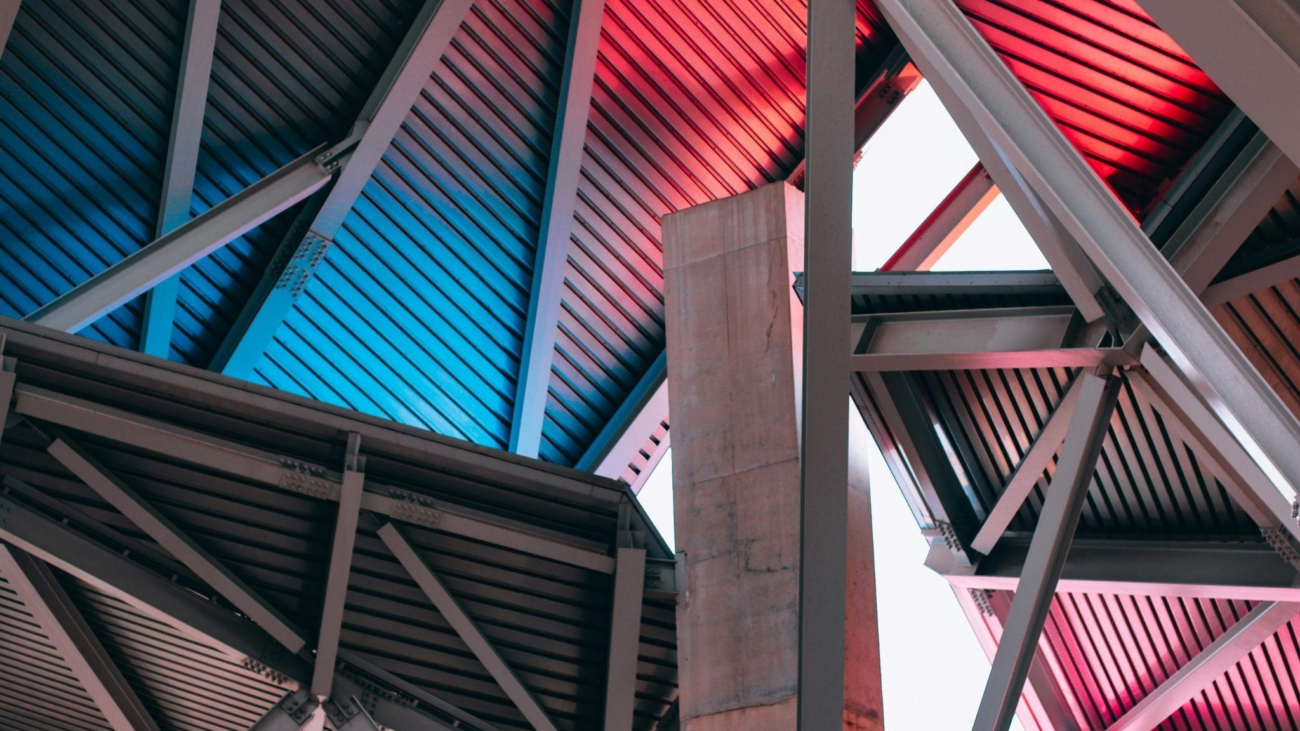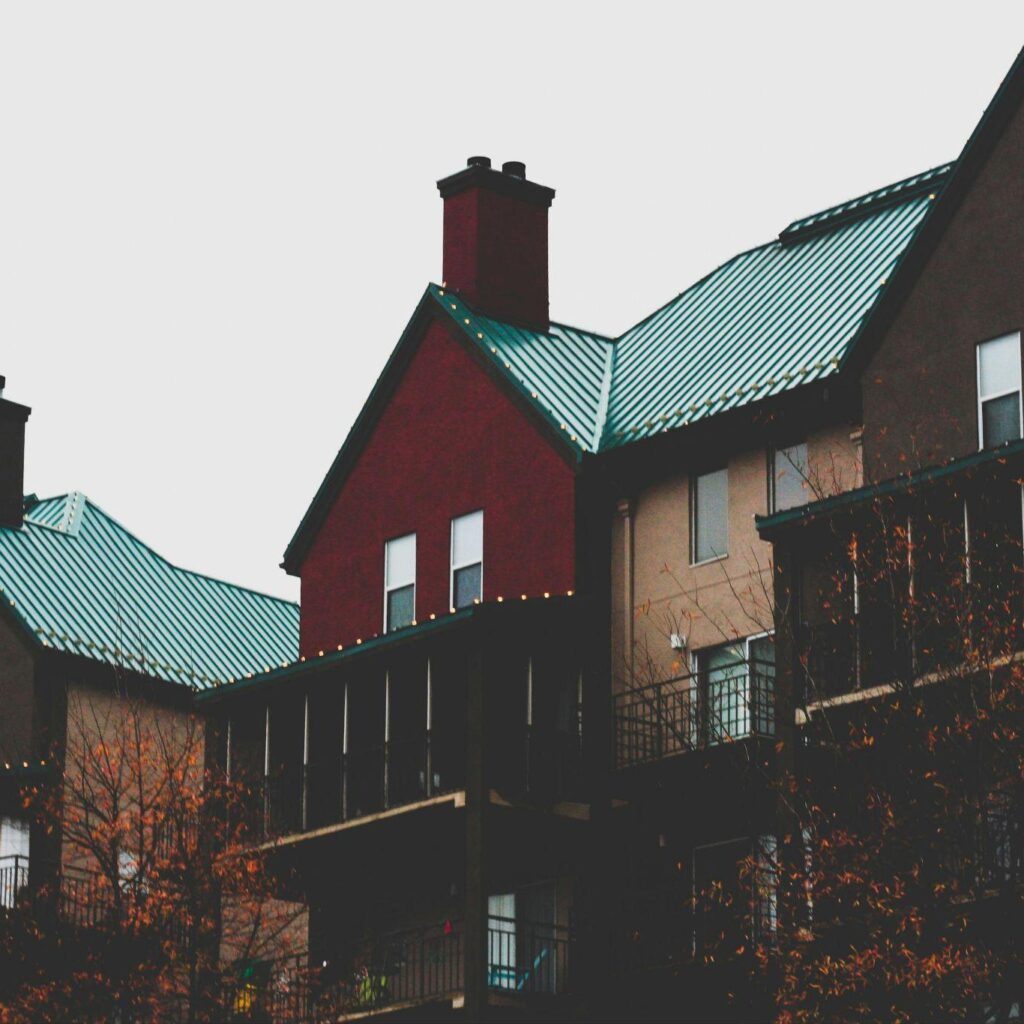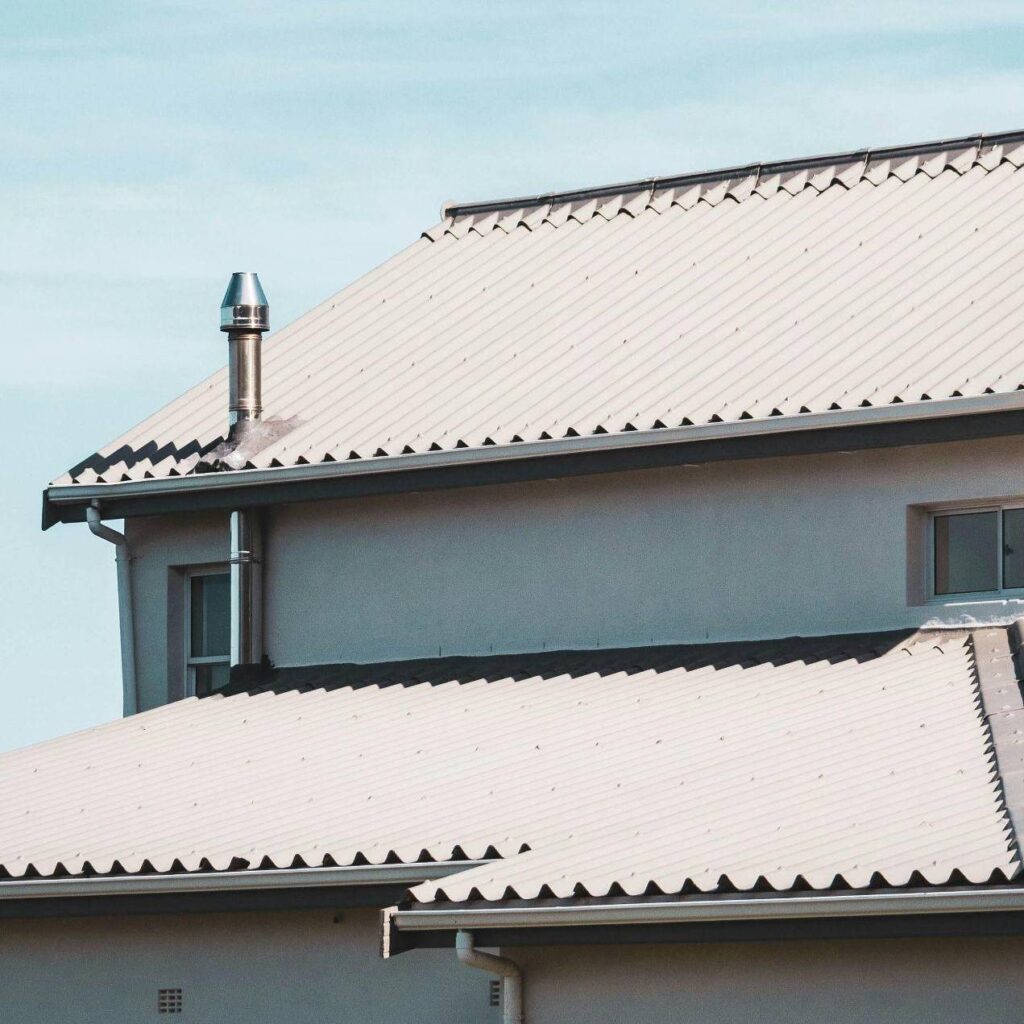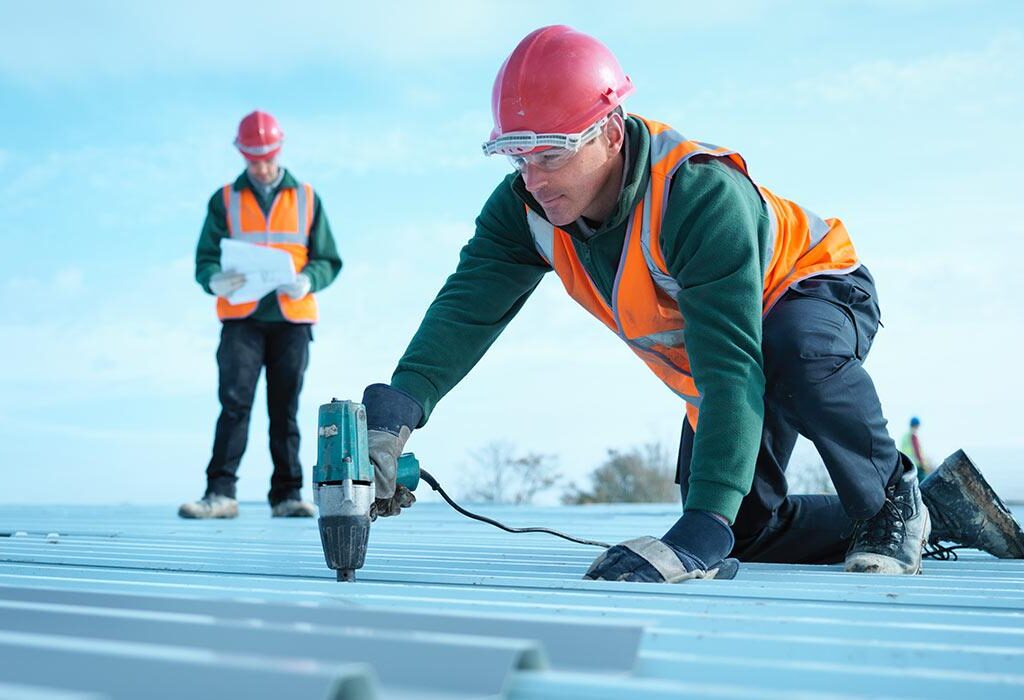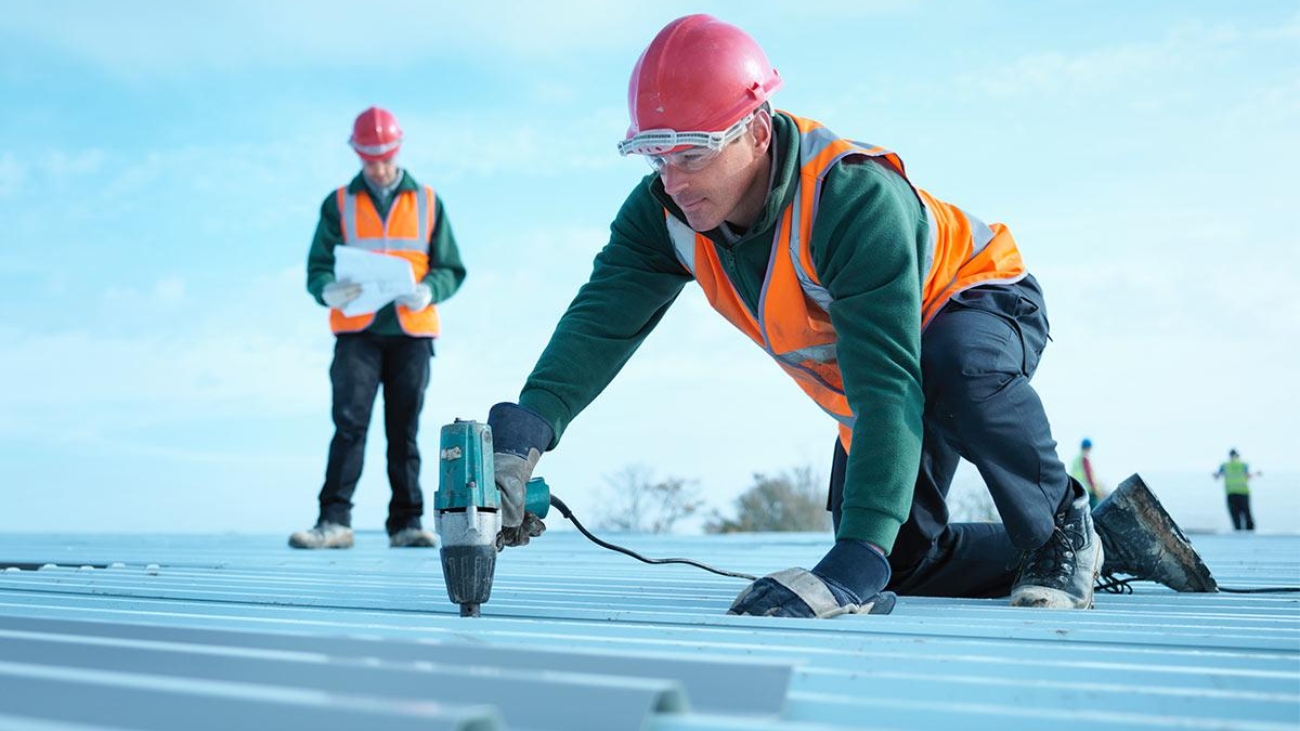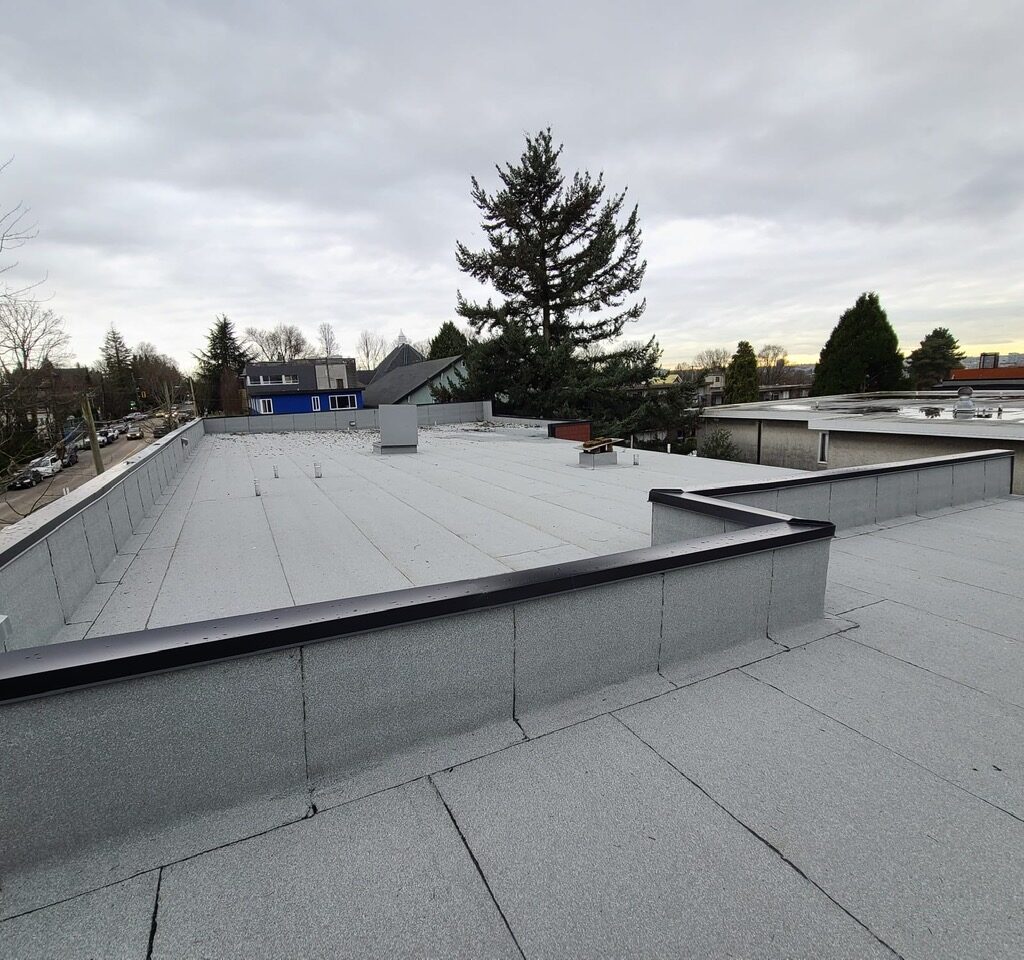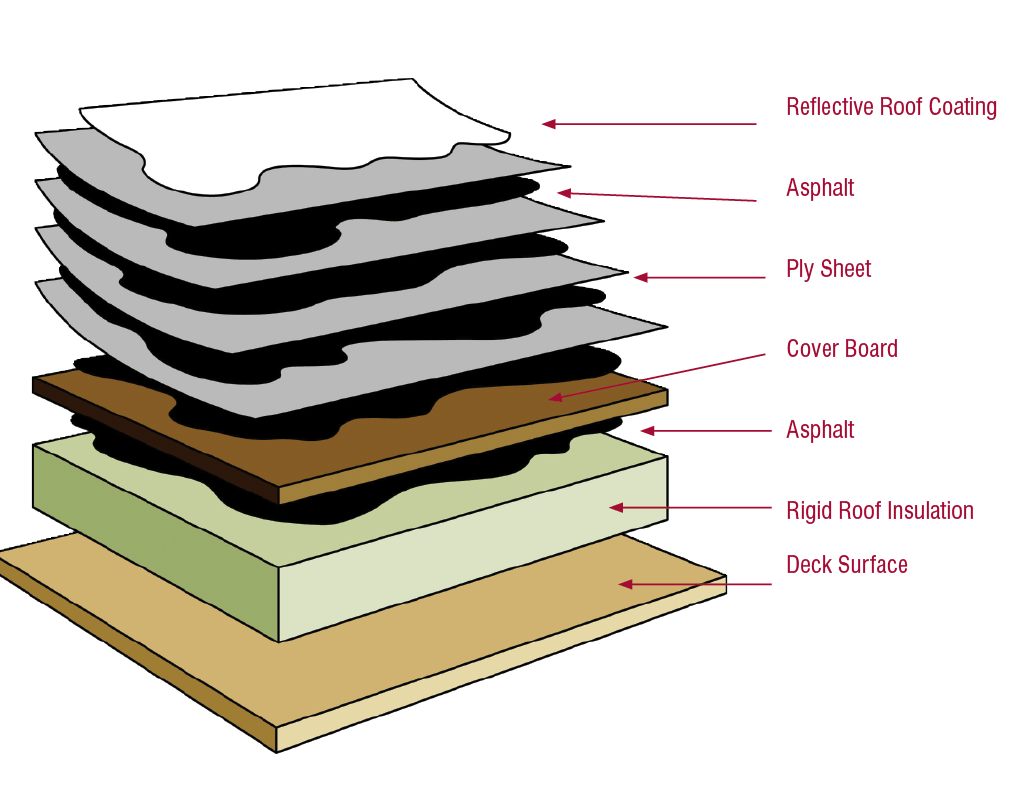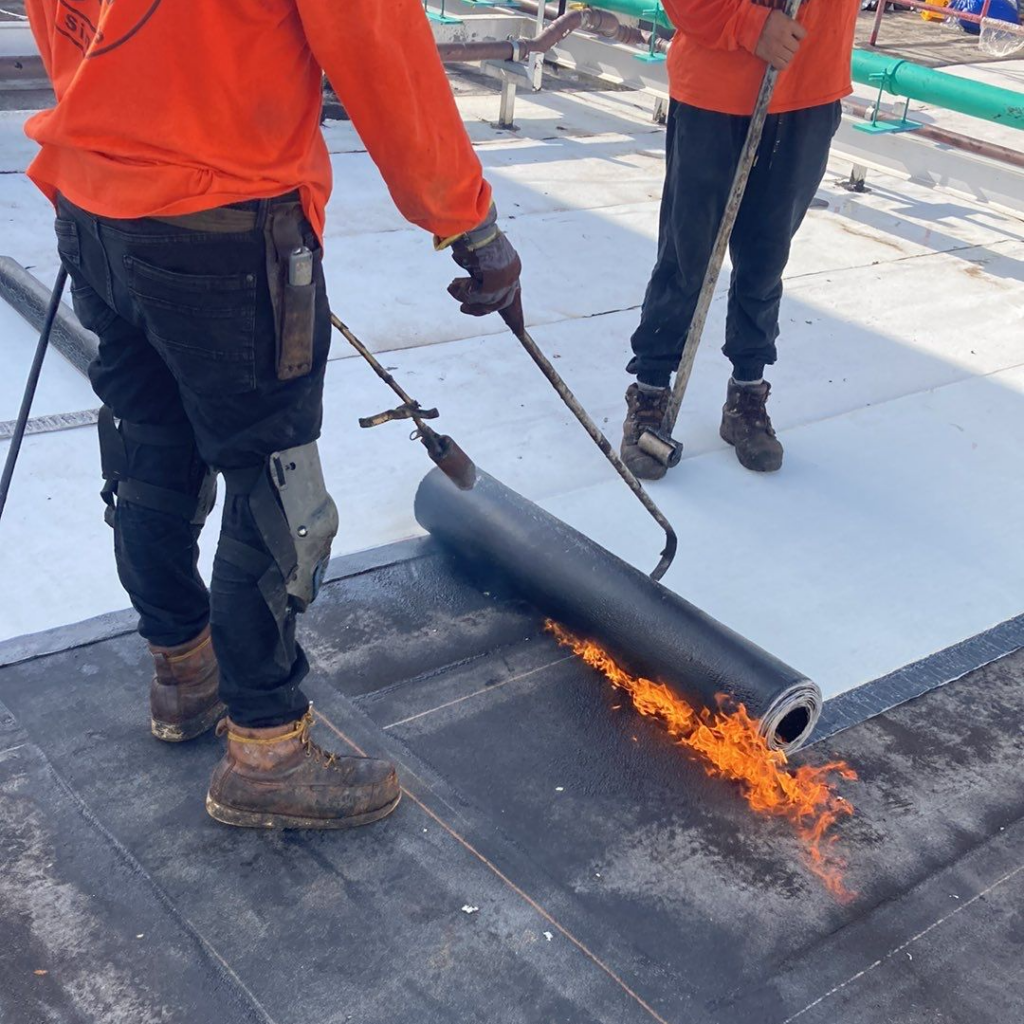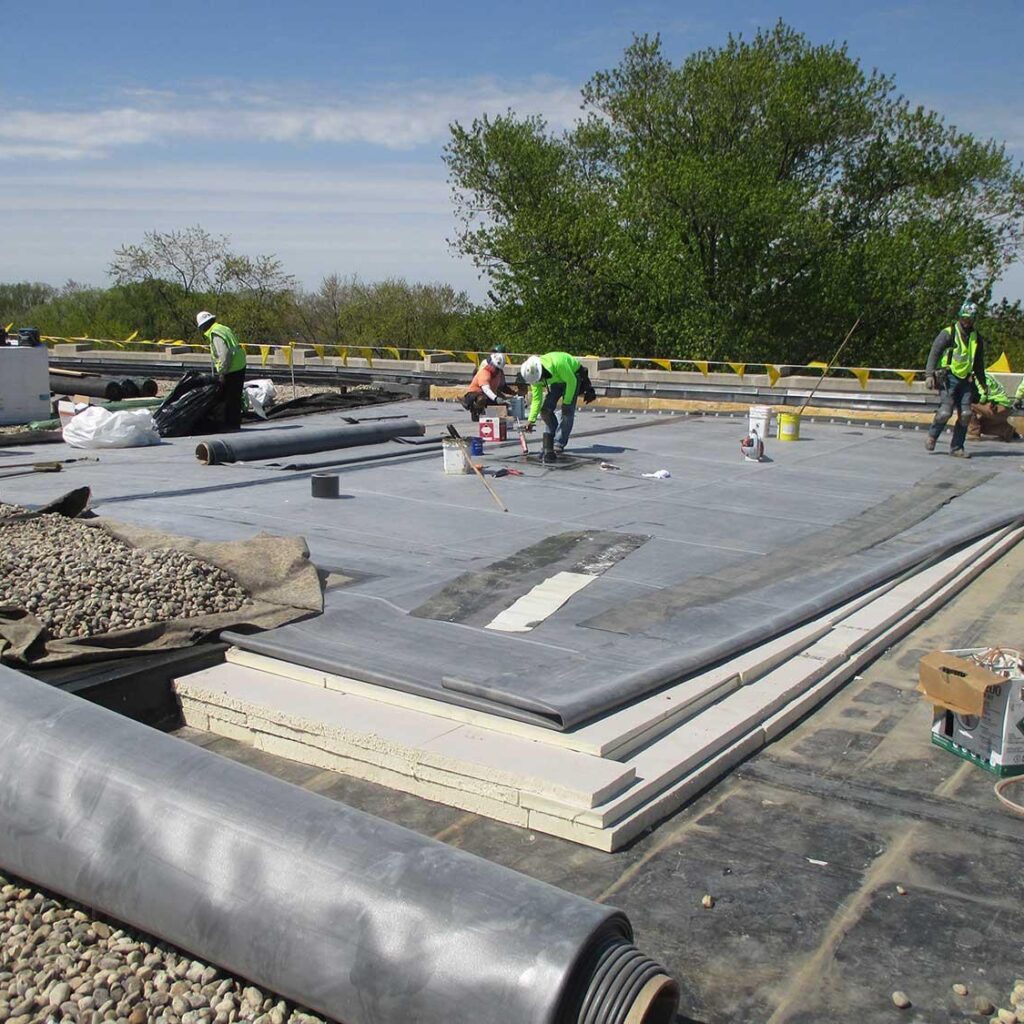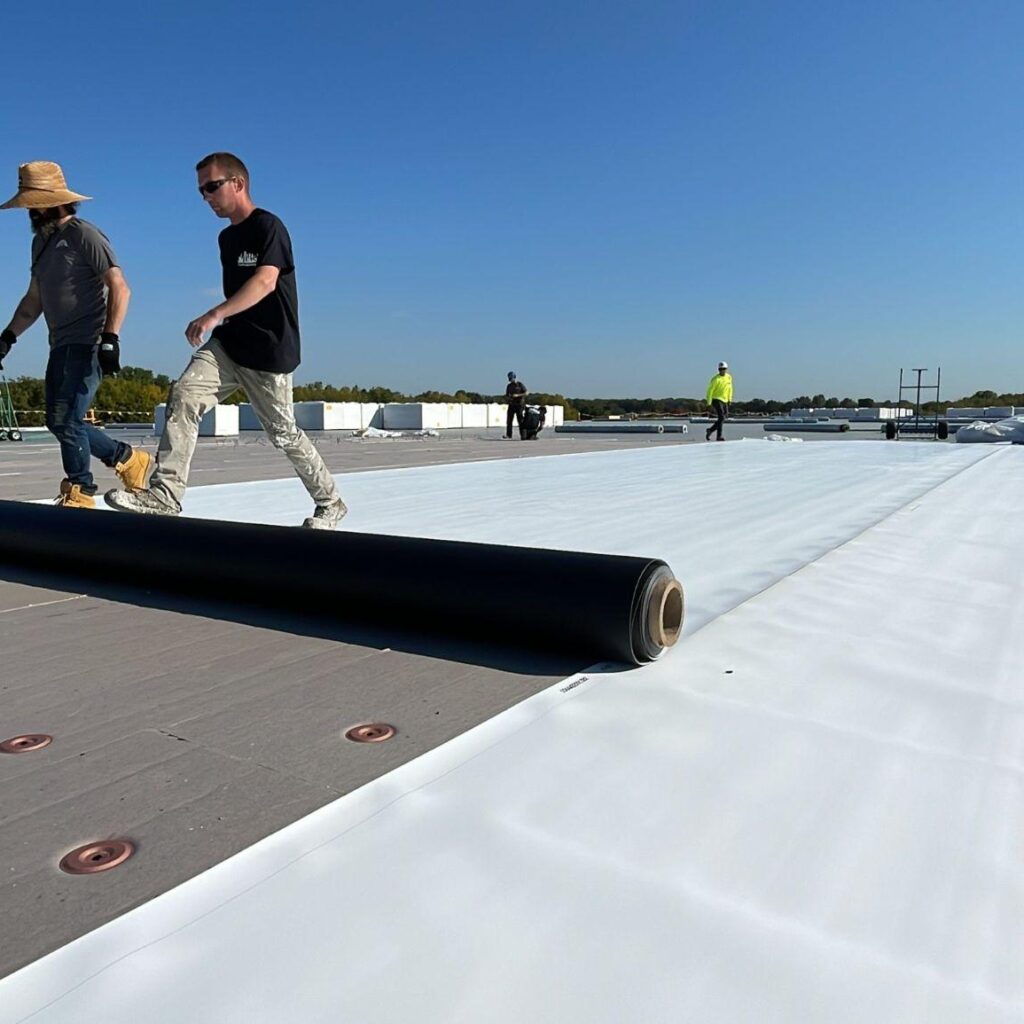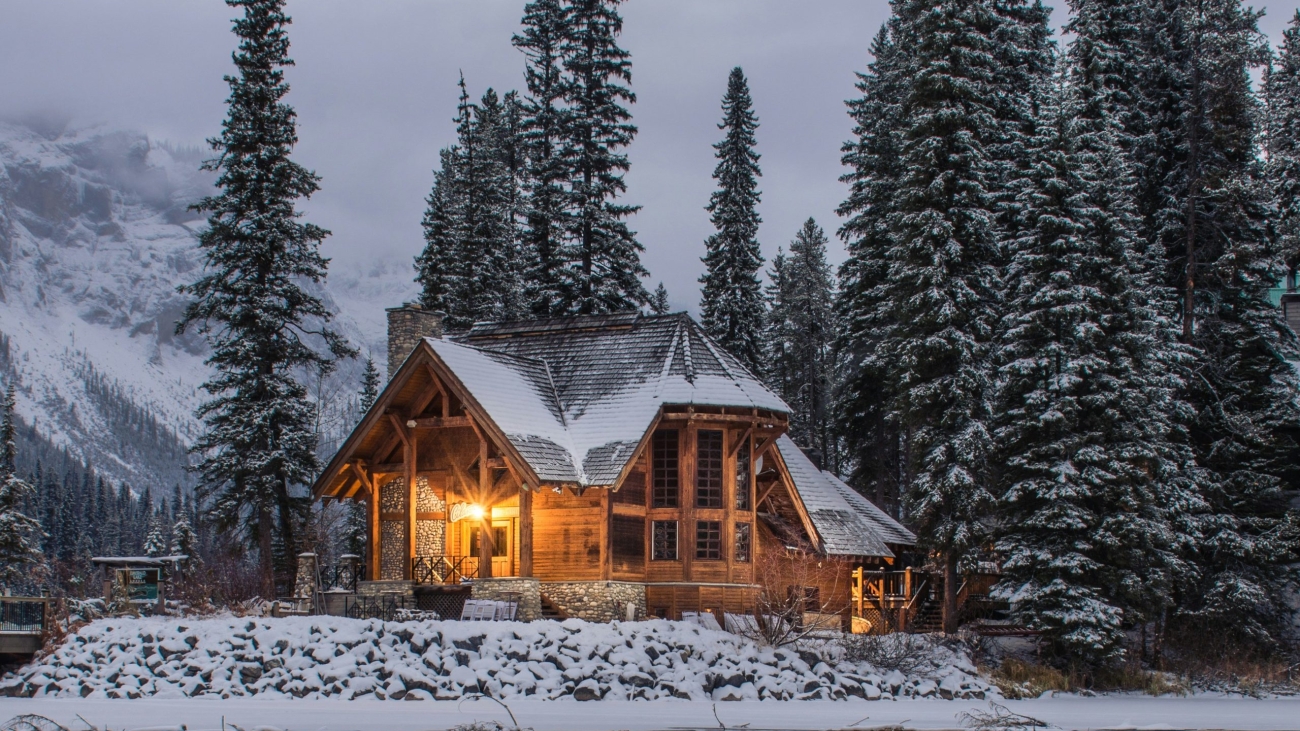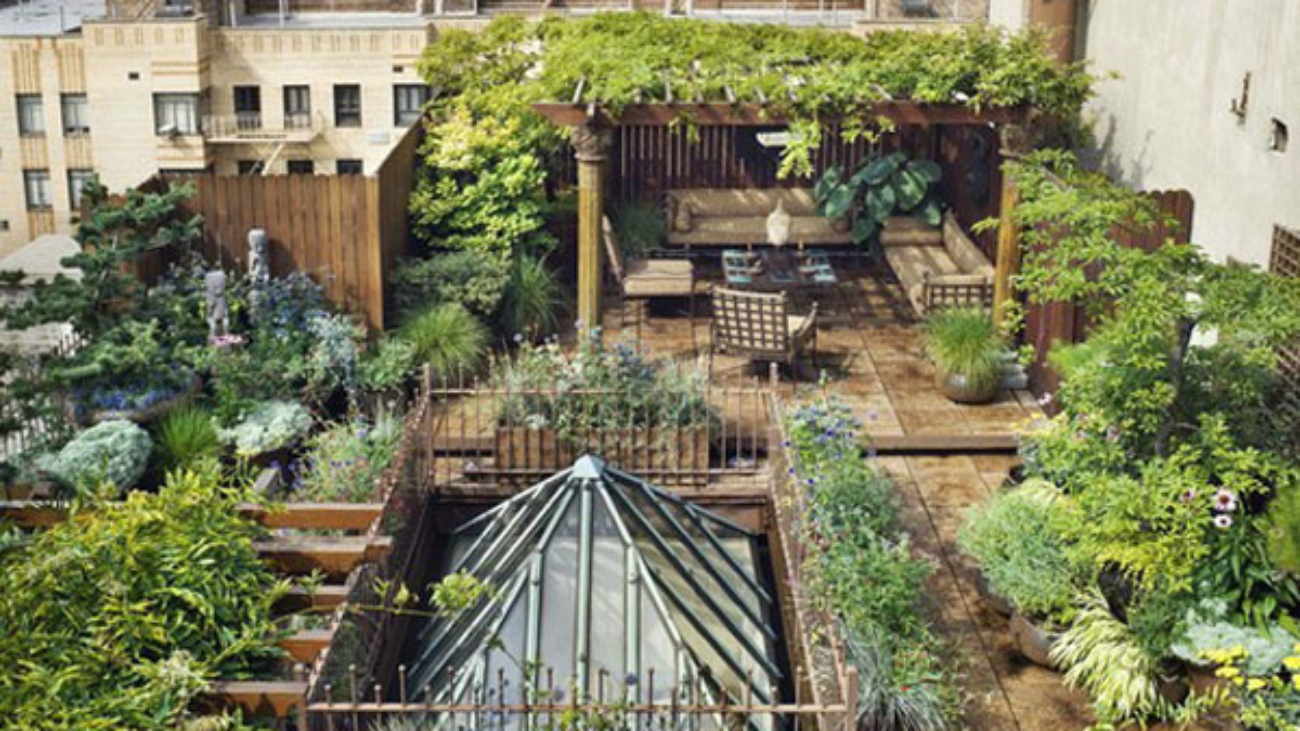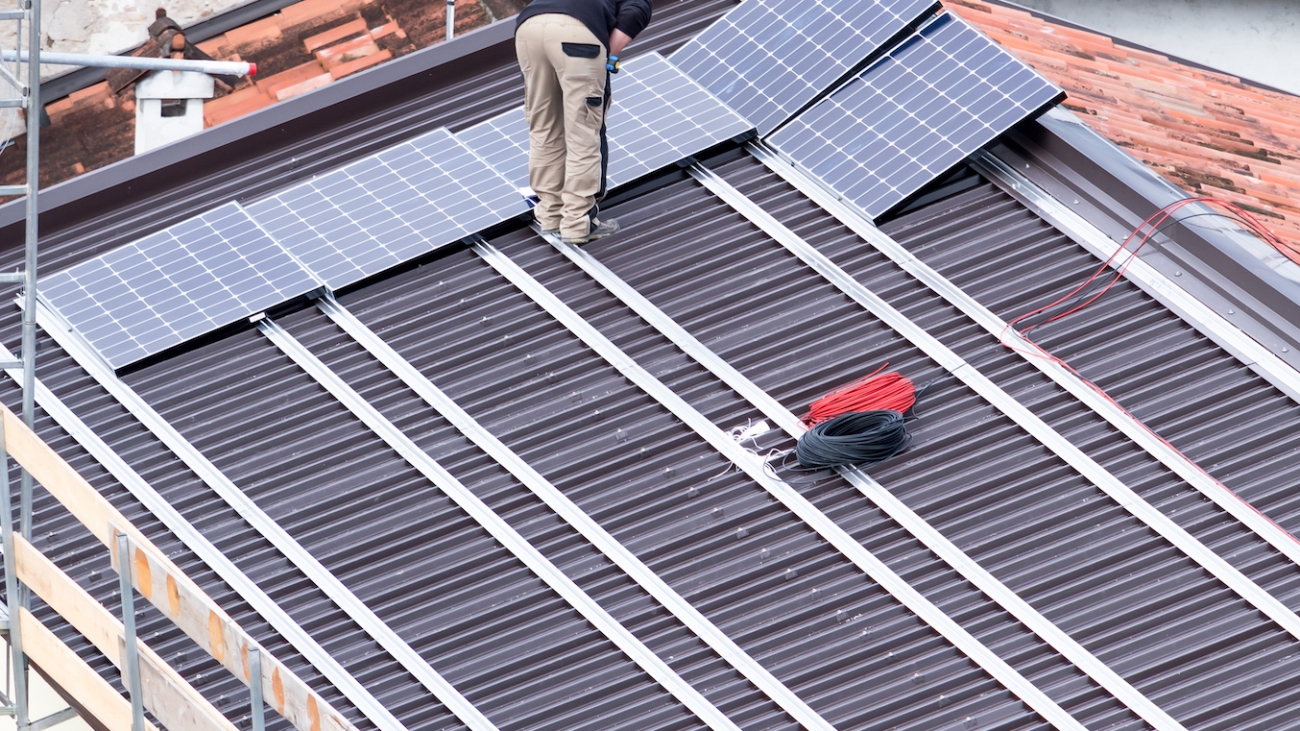It’s a tricker question than you might expect. It seems obvious that any significant improvements or renovations made to your home would improve the value, but what if you live in an apartment building or townhome?
4 Things for Property Managers to Consider When Choosing a Roofing Company
Are you a property or building manager in need of roofing services, but you’re daunted the thought of choosing a company? Before you go choosing blindly, let’s gather some insight on what you should be seeking by examining some things about the roofing industry in Vancouver.
Winter Challenges and Roof Maintenance
Winter Challenges and Roof Maintenance
Introduction:
As winter’s icy grip takes hold, your roof becomes the frontline defender against a barrage of challenges. From heavy snow loads to ice dams and freezing temperatures, the winter season poses unique threats to the integrity of your roof. In this comprehensive guide, we’ll explore the specific challenges winter brings and outline proactive roof maintenance solutions to ensure your home or business remains protected during the colder months.
Understanding Winter Challenges:
Winter brings a host of challenges that can compromise the health of your roof. Being aware of these issues is the first step in implementing effective preventative measures. Let’s delve into the most common winter challenges:
Heavy Snow Loads:
Accumulating snow can exert tremendous weight on your roof, leading to structural strain and potential damage. In regions with heavy snowfall, this becomes a significant concern, particularly for older or compromised structures.
Proactive Solution: Regularly monitor snow accumulation and consider snow removal services to alleviate excess weight, preventing structural damage and ensuring the continued integrity of your roof.
Ice Dams:
Ice dams form when melting snow refreezes at the roof’s edge, creating a barrier that prevents proper drainage. This can lead to water backing up under the roof covering, causing leaks and potential water damage.
Proactive Solution: Install heat cables along the roof’s edge to facilitate melting and discourage ice dam formation. Additionally, ensure proper attic insulation and ventilation to minimize temperature variations that contribute to ice damming.
Freezing and Thawing Cycles:
Fluctuating temperatures create a cycle of freezing and thawing, which can contribute to the deterioration of roofing materials. This continuous expansion and contraction can weaken the roof’s structure over time.
Proactive Solution: Conduct a pre-winter roof inspection to identify and address any existing damage. Ensure that your roofing materials are in good condition to withstand the rigors of freezing and thawing cycles throughout the winter.
Condensation:
Cold temperatures outside and warm air inside can lead to condensation within the attic space. Excessive condensation can result in mold growth, wood rot, and insulation damage.
Proactive Solution: Improve attic ventilation to maintain consistent temperatures and reduce the potential for condensation. Adequate ventilation helps regulate humidity levels within the attic, preventing moisture-related issues.
Proactive Roof Maintenance Solutions for Winter:
Snow Removal:
Regularly removing accumulated snow from your roof is crucial, especially after heavy snowfall. Use a snow rake or hire professionals to safely clear excess snow, preventing the risk of structural strain.
Ice Dam Prevention:
Install ice and water shield membranes along the roof’s edge to prevent water infiltration. Adequate attic insulation and ventilation are also key in maintaining uniform temperatures to discourage ice dam formation.
Roof Inspections:
Schedule a professional roof inspection before winter sets in. Experts can identify weak points, potential leaks, and areas susceptible to ice dams, allowing for timely repairs and reinforcement.
Gutter Maintenance:
Ensure gutters and downspouts are clear of debris to facilitate proper water drainage. Clogged gutters can contribute to ice dam formation and compromise the effectiveness of the entire drainage system.
Attic Ventilation:
Proper attic ventilation is crucial in minimizing condensation. Ensure that vents are unobstructed, allowing for the free flow of air to regulate temperatures and prevent moisture buildup.
Roof Material Inspection:
Examine your roofing materials for signs of wear, damage, or missing components. Replace any damaged shingles, flashing, or seals to maintain the roof’s integrity and prevent leaks.
Sealant Application:
Apply roof sealants around penetrations, such as vents and chimneys, to prevent water infiltration. Check existing seals for signs of wear and reapply as needed.
Insulation Upgrades:
Enhance attic insulation to maintain consistent temperatures and reduce the risk of ice dam formation. Proper insulation not only conserves energy but also protects the structural components of your roof.
Conclusion:
As winter descends, proactive roof maintenance becomes a shield against the seasonal challenges that can compromise your home or business. By understanding the specific threats posed by heavy snow loads, ice dams, freezing and thawing cycles, and condensation, you can implement targeted solutions to fortify your roof.
From regular snow removal and gutter maintenance to professional inspections and attic ventilation improvements, a comprehensive approach to winter roof care ensures your structure remains resilient in the face of winter’s harsh conditions. Embrace these proactive measures, and let your roof stand strong, weathering the chill with confidence and durability. Questions? Call the experts at Cambie Roofing today.
Most Economical Roofing Solutions
Most Economical Roofing Solutions
There are a lot of different roofing options these days but one of the more popular is an energy efficient roof. Whether you’re choosing a roof for a newly constructed home or looking to replace your old roof with more energy efficient roofing materials, we’ll help you make decisions so you can cut your home energy consumption. You will need to weigh your options and consider a variety of factors. Not only does being more energy efficient help the environment as a whole, but it also can help you save money each month as nobody likes to spend more money then necessary on heat.
What Makes a Roof Energy Efficient?
Before you do anything, you need to find out what makes a roof more energy efficient than another. For a roof to be energy efficient, it needs to do a good job of keeping your home’s warm. When a roof’s insulation isn’t good, the heat will escape into the air causing energy to be lost and your heating bill to soar. As warm air rises, it’s the job of the roof to trap the warm air into the house. The type of material that your roof is made out of will be a large factor of how energy efficient your home will be.
Wooden Shingles
Shake shingles are made of wood and are very durable and can withstand strong winds and storms making them a good choice. They are very energy efficient as they allow better air circulation. They are also popular because they fit well in Vancouver’s west coast style.
The downside to wooden shingles is that there is more maintenance than asphalt. Rot and mold can create problems in shake shingles, especially in Vancouver’s climate.
Asphalt Shingles
Asphalt shingles are very popular in Vancouver because they are low maintenance and are relatively energy efficient roof. While Vancouver only has one bad storm every two years, homeowners need to keep in mind that asphalt shingles tend to become more easily damaged.
Metal Roofs
Metal roofs are rare in Vancouver and are generally recommended for homes in warm weathered regions like California. They are sturdy, light, and last on average fifty years without any major repair. They are made from materials like copper, steel, or aluminum. And they are thin enough that they do not absorb and retain heat from the sun which can be problematic in cold damp climates like Vancouver.
Tile Roofs
Tile roofs are great at regulating temperature, efficiently trapping heat during winter months and keep your home cool during summer days. Clay tiles are generally recommended for warmer climates because they can’t withstand hail and snow. However, in Vancouver you can get sturdier concrete tiles which are better suited for the city’s climate.
Unless tile roofs are damaged from an external force, tiles are extremely durable and long-lasting. A lot of century old houses in Europe have the same roof they had when first constructed. The roof’s underlayment however, needs some maintenance and periodic replacement. Especially if you want to keep your home insulated from the cold.
Concrete Roofing
While still rare in Vancouver, concrete is becoming a favourite roofing material option in areas that have colder climates. Concrete cement is mixed with fiber reinforcement for durability to withstand snow accumulation. And weight pressure making concrete a good choice for the most energy efficient roofing option. Concrete tiles are coated with plastic for durability and better heat trapping efficiency. The downside to concrete is that they are often the most expensive, but their durability and energy efficiency can pay for themselves.
Sprayed-On Foam Coating
Another option that doesn’t involve replacing your roof while still improving energy efficiency of your house is to coat your existing roof with polyurethane foam. Polyurethane foam is mostly used in car seats, furniture and chairs but more recently is being used for other applications. Unfortunately, the spray foam works best on flat or low sloped roofs which are unusual in residential homes in Vancouver. However many commercial buildings use a polyurethane coating to help lower energy consumption.
An added benefit to polyurethane foam is that it blocks ultra violet rays of the sun. Adding a coat to your existing roof will not cost as much as replacing it with a more energy efficient roof. It is also lightweight, and as a result not a significant burden to your existing underlayment. Polyurethane foam spray should only be applied by professional roof contractors. Roofs need to be recoated between five to ten years.
Garden Roofs
An easy way to help insulate your roof and trap the warmth is to build a garden or cover your roof with plants. This can significantly lower your home cooling and heating energy expense. The plants will absorb most of the heat during summer, and it will give your home an additional layer of insulation to trap the heat during winter.
However the downside to using plants for insulation is that they are a lot of work and can be expensive. It is really only recommended for those who love to garden. You will need a structural engineer to assess the feasibility of a rooftop garden. He or she will tell you if the roof’s foundation would be able to support your garden. Then a drainage system has to be installed for proper irrigation. Lastly you will also need to water and take care of your garden. But the energy saving and the fresh produce you can enjoy might compensate for the effort and initial expense.
Conclusion
With new innovations always on the horizon and improvements regularly made to existing energy efficient roof options. Homeowners should always research their options when replacing a roof or building a new structure. Carefully consider your needs and look for economical roofing materials. By understanding what energy efficient roofing materials available and how they absorb heat, you can make a positive impact on the environment and save money in the process. If you have any questions about materials or the environmental impact of roofing materials give us a call at Cambie Roofing and we’ll be happy to help you.
Originally published May 2019. Updated and republished Jan. 2024
Solar Roofs: Are They Worth It?
Solar Roofs: Are They Worth It?
Unfortunately, much of North American still runs on nuclear power, coal and other fossil fuels. If we could get a cleaner source of energy, for example solar power it would have a big impact on the environment.
You’ve seen solar power roofs in the news, most notably when Tesla made a big splash recently with an advanced panel system that is more efficient and more powerful than the traditional technology.
But how viable is solar power in Vancouver? Is Solar Roofing Worth It? Let’s See.
Is Solar Roofing Worth It?
The main challenge is that Vancouver tends to have too much cloud cover for much of the year, especially in the winter months when electricity is most in demand. The northern latitude of the city also means days are shorter and solar radiation is less intense which of course, means less sunlight is converted to energy. When we look in comparison to some States like California, New Mexico and Arizona which are sunny all year round and demand is highest in the summer when power generation is at its peak, solar energy makes more sense.
But that doesn’t mean that solar power will never work in British Columbia and we should write it off totally.
Lets’ have a closer look at the technology and see if the technology is and can ever be useful in Vancouver.
What If You Want A Solar Panel?
If you believe solar power is the best option for you there are multiple variables to consider when seeking out the best solar panels on the market. While more high-end panels will have higher efficiency ratings than others, investing in the best solar equipment doesn’t always result in the higher savings. The only way to find the “sweet spot” for your home is to evaluate quotes with varying equipment and financing offers.
For any homeowner in the early stage of shopping for solar that would just like a ballpark estimate for an installation, do some research online before calling anyone. There are a lot of different tools to help you estimate long-term savings and the upfront costs. You will want to compare quotes from multiple companies and multiple sources before making a final decision.
How Much Does The Solar Panel System Cost?
While there aren’t a lot of companies to choose from in Vancouver, installation prices will vary significantly depending on the solar company you choose and the equipment you install. Keep in mind installing cheap solar panels might feel like the easiest way to save some cash and get rebates, your total savings will often be higher if you invest in top-of-the-line equipment.
Don’t forget to research the solar incentives and rebates available. In British Columbia they can reduce your net cost by 50 percent or even more. In addition, the Canada government offers a 30 percent solar tax credit. Do your research as cities like Nanaimo offer additional tax incentives.
Is Solar Power Worth it?
The average cost of solar power system in Canada is currently between $15,000 and $30,000 which is far more than the average Canadian is willing to pay. The average household uses 7,500 kilowatt-hours (kWh) but of course that changes on the time of year and the price of electricity. You can certainly save money if you plan on using solar power in the long run but you will have to do some calculations to figure out how much you spend on electricity to see if it’s worth it.
In some parts of the country, you can pay as little as 8 cents per kWh; in others, you’ll pay 20 cents or more. In British Columbia, you pay 8.29 per kWh for the first 1,350 kWh you use and 12.43 cents per kWh for everything above that.
When you go solar, you effectively install a small power plant on your roof to replace the electricity you get from B.C. Hydro. That means homeowners with high electricity rates from their utility are the ones who save the most when they switch to home solar power. For people who don’t want to rely on a centralized power source this may be important. If there is a black out and if you have a solar power generator you may not be effected.
Solar Roofing In Vancouver
If you want to install solar power because you want to reduce your carbon footprint there won’t be much difference if you live in British Columbia because over the long term, the carbon footprint of hydro power isn’t much different from solar. Hydro power uses water and floods entire valleys while solar panels requires large amounts of energy and toxic chemicals for the manufacturing process.
According to scientists, solar panels in a rooftop installation produce about 41 grams of CO2 equivalents per kilowatt hour over the lifetime of the system, mainly due to the energy required to manufacture the equipment while hydroelectricity produces 24 grams of CO2 equivalents per kilowatt hour.
Last Thoughts On Solar Roofing
For all solar electricity’s advantages, Vancouver is not the best place to install and use solar roofing system. The technology really works best where there is more sun for longer periods of time. In addition, power is not very expensive, so you won’t get much savings.
That’s not to say that solar electricity will be a bad idea forever. The technology will improve and become more affordable so sometime in the future it might replace hydro power as B.C.s number one electrical source. More forward-thinking companies like Tesla have made so much progress in cities such as Vancouver.
Originally published in 2018. Updated a republished Jan. 2024.
Roofing Tips For The Winter
Winter is definitely here in Vancouver and as you all know, the harsh conditions can cause damage and decrease the longevity of your home’s roof. If your roof needs repairs, it’s generally better to do them in the drier months. In fact, most experts say the best time to do work on a roof is from July to August when the weather is best. In a perfect world, summer would be great to finish all those projects, but your roof doesn’t just leak during those months.
Moreover, In British Columbia, where the weather is often unpredictable, these ideal conditions can be few and far between. Most roofing companies have to consider how they can perform a roofing job in the winter, in less than ideal conditions.
While not always the best, roof construction and repair can be done in cold weather, as long as precautions are taken. In winter, roofers face a variety of challenges including:
- Roofing materials don’t work quite as well as they do in moderate temperatures.
- Shorter days give roofers less time to work which generally means the project takes longer.
- Tools such as nail guns generally don’t work as well in the cold.
- Snow and ice can create hazards or cover up dangers to roofers.
What to Expect When Roofing in Winter
Roofing in winter weather requires a lot more foresight, planning and safety precautions than summer days. Be aware that some companies will charge you up to 20% more for their services, while other companies will be looking for work and might give you a discount. Whatever you do, you should shop around and get between three to five quotes and ask them specifically about their winter work.
Winter Safety Is The Most Important
Safety is obviously the most important thing when it comes to roofing – no matter what time of year. Under no circumstances should you hire a company that doesn’t take safety serious as there are some unique cold weather issues to be aware of when doing winter roofing work.
For example, roof surfaces can become slippery thanks to snow, ice, and frost. A common winter problem is snow removal or de-icing of the roof surface must be done after a snowstorm. The roofers must take extra precaution and use specialized equipment, which they need to be trained on, along with increased monitoring while the removal is taking place.
Snow can also disguise dangers such as skylights, debris and other risks. The roofing contractor needs to pay close attention to where they walk to ensure they don’t accidentally step on or fall through a skylight or trip over hazards hidden under snow. Even on a freshly cleared roof, there may be black ice or frost build-up on the roof or deck surface, which can make work extremely dangerous. If the temperature is too cold and the snow and ice remain, it is best to wait until the weather warms up.
Another thing to do before getting a roofing contractor to work is to ensure that the attic space is adequately air-condition. Often, what appears to be a roof leak is actually condensation from interior air drifting up into a cold, improperly ventilated attic.
Working in the Winter
Working in cold, damp temperatures can put a strain on the body, making your heart and lungs work harder, while at the same time putting you at increased risk for hypothermia or frostbite. Be aware roofers, as mentioned before, will work shorter hours, and plan around the sunshine and weather forecasts. Be prepared for work stoppage and delays because of the weather.
Roof contractors should also wear warm clothing that is breathable but also provides an ample range of motion. If you notice that a roofer isn’t appropriately dressed, do not let them work.
The Weigh Of Your Roof
Another thing to consider is the extra weight that snow and ice can add to a roof. If you add a human’s weight into the mix, you can potentially be looking at serious injury. A roofer must ensure that the surface he is working on is sturdy and safe from collapse. An experienced roofer will test the structure before beginning to work on it to ensure that there is no danger from collapse.
Equipment and Materials
Now you know what to expect in the winter, you also have to keep in mind the quality of craftsmanship which can suffer if the roofer is inexperienced.
Asphalt shingles
The best temperatures to install asphalt shingles is between 4 and 26 degrees Celsius. If a roofer decides to install roofing shingles in cold weather below these temperatures, your shingles may become brittle and more prone to breakage. To prevent this, when working in below-zero temperatures, make sure the roofer stores your materials in a warm place until you need them. Shingles will mould to the shape of the surface they rest on, so if you are buying them before using them, keep them flat, stacked and raised on pallets so they don’t touch the ground. Be aware that a roofer should not work in below-zero temperatures unless it is an emergency situation that needs fixing.
Types of Roofing Materials
Most roofing organizations recommend using winter weather membranes to seal your eaves, valleys, skylights, and vents, rather than warm weather roll roofing, which can buckle or warp when applied in cold weather. When you choose to use any kind of felt or membrane, the roofer will roll it out in a staging area, away from the elements and allow it to relax before you apply. This will help reduce wrinkles caused by the weather.
Conclusion
The information in this blog is purposeful to be a starting point for cold weather roofing applications. Each situation is different and as always consult a professional roofer before starting. If you have any questions, then please don’t hesitate to contact us at Cambie Roofing to schedule a free roofing estimate.

